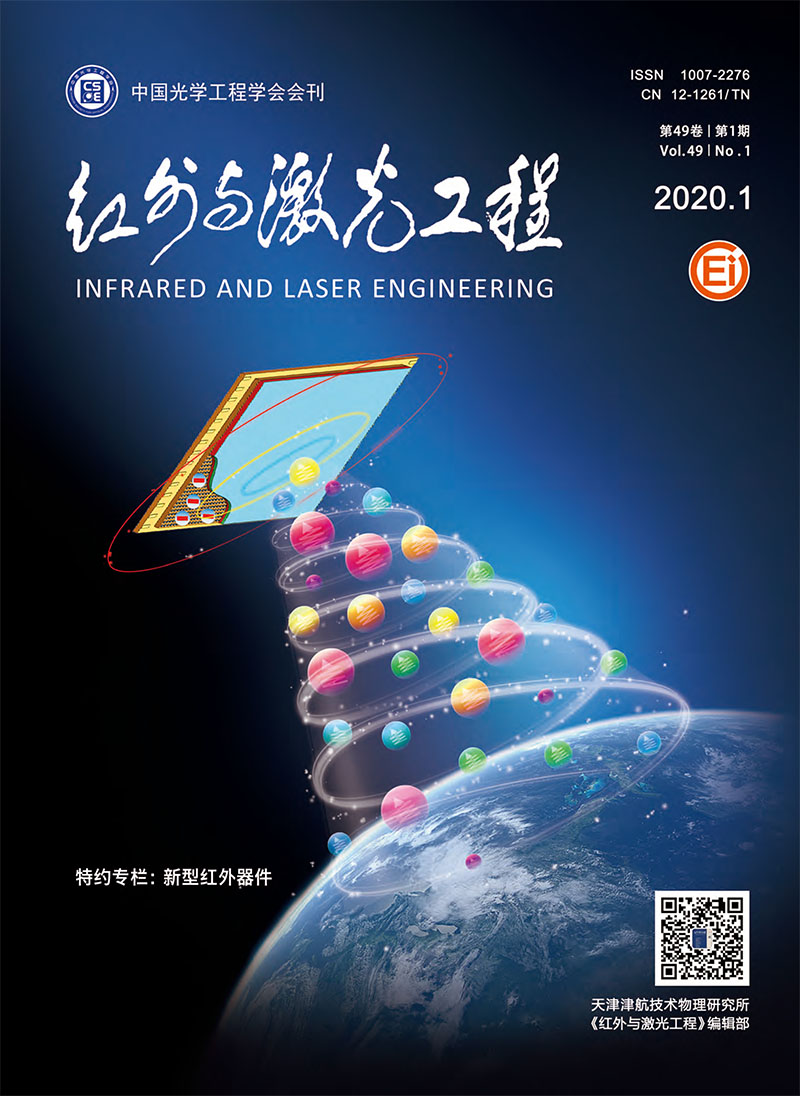|
[1]
|
Yang Weifan, Cao Xiaotao, Zhang Bin, et al. Six degree of freedom precision control for space camera secondary mirror adjusting mechanism[J]. Infrared and Laser Engineering, 2018, 47(7):0718007. (in Chinese) |
|
[2]
|
Neill D R, Sebag J, Gressler W. Baseline design of the LSST hexapods and rotator[C]//SPIE Astronomical Telescopes + Instrumentation, 2014, 9151:91512B. |
|
[3]
|
Yao Rui, Li Qingwei, Sun Jinghai, et al. Accuracy analysis on Focus cabin of fast[J]. Journal of Mechanical Engineering, 2017, 53(17):36-42. (in Chinese) |
|
[4]
|
Han Chunyang, Xu Zhenbang, Wu Qingwen, et al. Optimization design and error distribution for secondary mirror adjusting mechanism of large optical payload[J]. Optics and Precision Engineering, 2016, 24(5):1093-1103. (in Chinese) |
|
[5]
|
Huang Zhen. Space Institutional Research[M]. Beijing:Mechanical Industry Press, 1991. (in Chinese) |
|
[6]
|
Bates D M, Watts D G. Relative curvature measures of nonlinearity[J]. Journal of the Royal Statistical Society, 1980, 42(1):1-25. |
|
[7]
|
Wang Jinsong, Wang Zhonghua, Huang Tian, et al. Nonlinearity for a parallel kinematic machine tool and its application to interpolation accuracy analysis[J]. Science in China, 2002, 45(1):97-105. |
|
[8]
|
Yang Xiaojun, Li Bing, Zhang Donglai. Linear interpolation step length of Stewart platform-based kinematics machine[J]. Journal of Harbin Institute of Technology, 2009, 43(3):33-36. (in Chinese) |
|
[9]
|
Wang Xinzhou. Theory and Application of Parameter Estimation for Nonlinear Models[M]. Wuhan:Wuhan University Press, 2002. (in Chinese) |
|
[10]
|
Li Shujun, Zhang Yu, Meng Qiaoling. Stiffness characteristics of a 6-PSS spatial parallel mechanism[J]. China Mechanical Engineering, 2009, 20(21):2521-2525. (in Chinese) |
|
[11]
|
Hu Qiqian, Yao Zhenqiu. Design of Astronomical Telescope[M]. Beijing:China Science and Technology Press, 2012. (in Chinese) |
|
[12]
|
Li Dongdong, Zhang Weimin, Sui Haonan, et al. Singularity analysis and non-linear error control of five-axis machining[J]. Computer Integrated Manufacturing Systems, 2019, 5:1-13. (in Chinese) |
|
[13]
|
Lv Yong, Feng Qibo, Liu Lishuang, et al. Six-degree-of-freedom measurement method based on multiple collimated beams[J]. Infrared and Laser Engineering, 2014, 43(11):3597-3602. (in Chinese) |
|
[14]
|
Gao Yue, Liu Wei, Lv Shimeng, et al. Six-degree-of-freedom displacement and angle measurement system based on two-dimensional position-sensitive detector[J]. Optics and Precision Engineering, 2018, 26(12):2930-2939. (in Chinese) |









 DownLoad:
DownLoad: